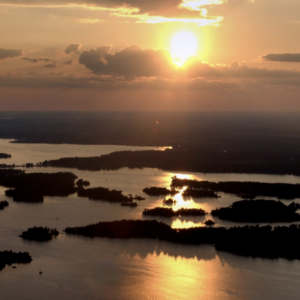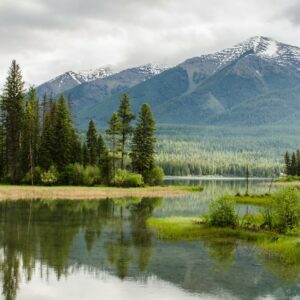Meet the Eco-bridge: A Link to Biodiversity
Conserving the world’s biodiversity is everyone’s business. The importance of the different animal species lies in the natural balance of Mother Nature and, of course, in the beauty of the open spaces where nature and man coexist.
Due to the high impact of construction and engineering works in the modern era, animals (mostly marine and terrestrial) have had to deal with the disruption of their natural habitat, which has progressively contributed to the animal decline and pollution problems.
Today, however, many organizations and volunteers around the world have implemented very creative ideas to safeguard wild animals. One of them is the ecological bridge.
What are eco-bridges?
Eco-bridges, also known as wildlife crossings, are an ingenious alternative for animals to cross environments in the middle of highways, industrial work zones, cities, among others. With it, their natural rhythm or habitat will not be severely interrupted.
Around the world, there are many examples of eco-bridges that have contributed to biodiversity conservation:
The first model of an eco-bridge was in 1950 in France. However, other countries have followed it. Now there are more than 600 such works only in the Netherlands. What a great victory to biodiversity, right?
In 2015, one of the first examples of such ecological engineering was in Ankara, Istanbul. It was a 1080 km project, one of the most ambitious in the field of environmental conservation!
It would bring great benefit for both the species that used the channel and to humans because it will reduce economic losses due to damage to infrastructure and the death of animals and humans in accidents.
Eco-bridges are not limited to earth constructions only. There are also specially designed channels for underwater fish and amphibians, canopy bridges, viaducts and creepers for flying species.
Conservation of biodiversity through ecobridges: Their major impact on the environment
Because of the invention of eco-bridges, at Banff National Park in Canada car accidents caused by animals on the road have been reduced by 80%. Watch the video below for insight into the many eco-bridges that are seen through Banff National Park.
Now, in a more global impact, eco-bridges facilitate the movement of herds of animal species during mating or seasonal migrations. Also, they do not affect the vegetation of the habitat. On the contrary, eco-bridges contribute to the general maintenance of the environment and the conservation of biodiversity because its use has allowed more species to coexist in peace with man-made constructions without risking their lives and natural behavior.
On the other hand, these works help veterinary and biology specialists to study the different animal behaviours in their natural habitat. Isn’t that a great union between science, engineering and ecology?
That is why it is very important to contribute to these types of projects.
Lack of funding and expertise focused on conserving biodiversity has slowed its expansion around the world. Wouldn’t it be great if every habitat had an eco-bridge according to animal species?
From large arches in crossroads to small bridges between trees, eco-bridges are a simple but very effective alternative to protect the environment and boost the coexistence between man and nature!



